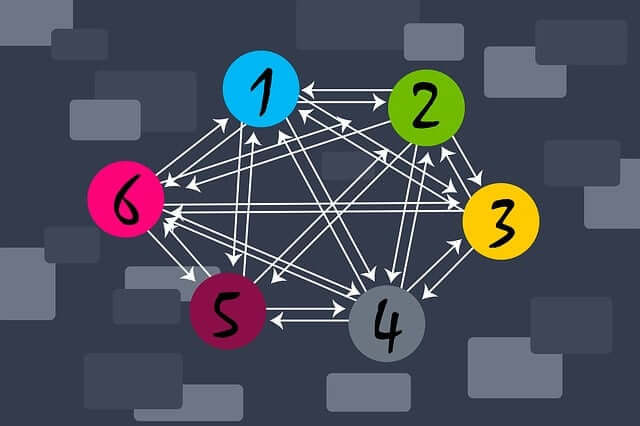If your website is stocked with a steady stream of original content, you may have reason to celebrate the release of Google’s Panda 4.0. This latest update to Google’s search algorithm, released May 20, is aimed at increasing the number of relevant, high-quality sites that show up on the search engine result pages (SERPs).
Those who consistently follow best practices in their search engine optimization (SEO) and content marketing strategies may reap the rewards of the update with higher rankings in the search results. This can lead to an increase in traffic, leads and eventual sales.
Weeding Out the Losers
The theory behind the Panda 4.0 update is that it will weed out poor-quality sites that clog up search engine results and compromise the quality of Google’s search product. Poor-quality sites includes those that use black hat practices when it comes to SEO and content marketing. They typically include:
- Those stuffed with duplicate or plagiarized content
- Aggregators who use curated content rather than original work
- Sites stuffed with useless content and spam
The release of Panda 4.0 came soon after another Google update: Payday Loans 2.0. As its title indicates, the payday loan update is aimed at low-quality sites associated with the payday loan industry. The two updates working together should pack a one-two punch against a wide scope of spammy websites.
List of Losers
A preliminary analysis by Searchmetrics.com showcases a number of websites with the biggest decreases in SERP rankings under the updated Panda regime.
Decrease of more than 75 percent:
- aceshowbiz.com
- yourtango.com
- rd.com
- spoonful.com
- songkick.com
Decrease of more than 50 percent:
- ask.com
- examiner.com
- webopedia.com
- dealcatcher.com
- livescience.com
Decrease of more than 33 percent:
- ebay.com
- biography.com
- history.com
- cheapflights.com
- realsimple.com
Room for the Winners
Now that a number of spammers, aggregators and other poor-quality sites are eliminated from the top of the SERP heap, there’s more room for quality websites that deserve to be found. Searchmetric.com’s preliminary analysis showcases several sites with notable increases in search rankings after the Panda 4.0 update.
Increase of more than 500 percent:
- emedicinehealth.com
- medterms.com
- zimbio.com
Increase of more than 250 percent:
- goodhousekeeping.com
- myrecipes.com
- couponcabin.com
- thinkexist.com
- onhealth.com
Increase of more than 100 percent:
- consumeraffairs.com
- eatingwell.com
- quotegarden.com
- alternativeto.net
- wikimedia.org
As Searchmetrics.com points out, a number of aggregators that in theory should have fallen into the loser category actually ended up on the winner list. Serachmetrics.com theorizes the full Panda 4.0 roll-out may not have yet been implemented when the analysis was performed.
Why Google Does It
Google consistently updates its advanced algorithm to maintain the integrity of quality searches. If poor-quality sites keep making it to the top of the SERP heap, people will start losing faith in Google’s search engine altogether. And poor-quality sites often seem to spend more energy figuring out how to outsmart Google algorithms than it may take to produce quality content.
As the tactics for getting around the algorithm evolves, constant updates are a must. Google says the framework for the latest Panda algorithm will be “baked in” to future updates, so it appears an effective foundation may have finally been set. The original version of Panda, initially called “Farmers Update,” has been in place since 2011.
Websites that continue to follow ethical SEO and content marketing practices are likely to remain unscathed from Panda 4.0 and future updates, as long as they keep up the quality work.




